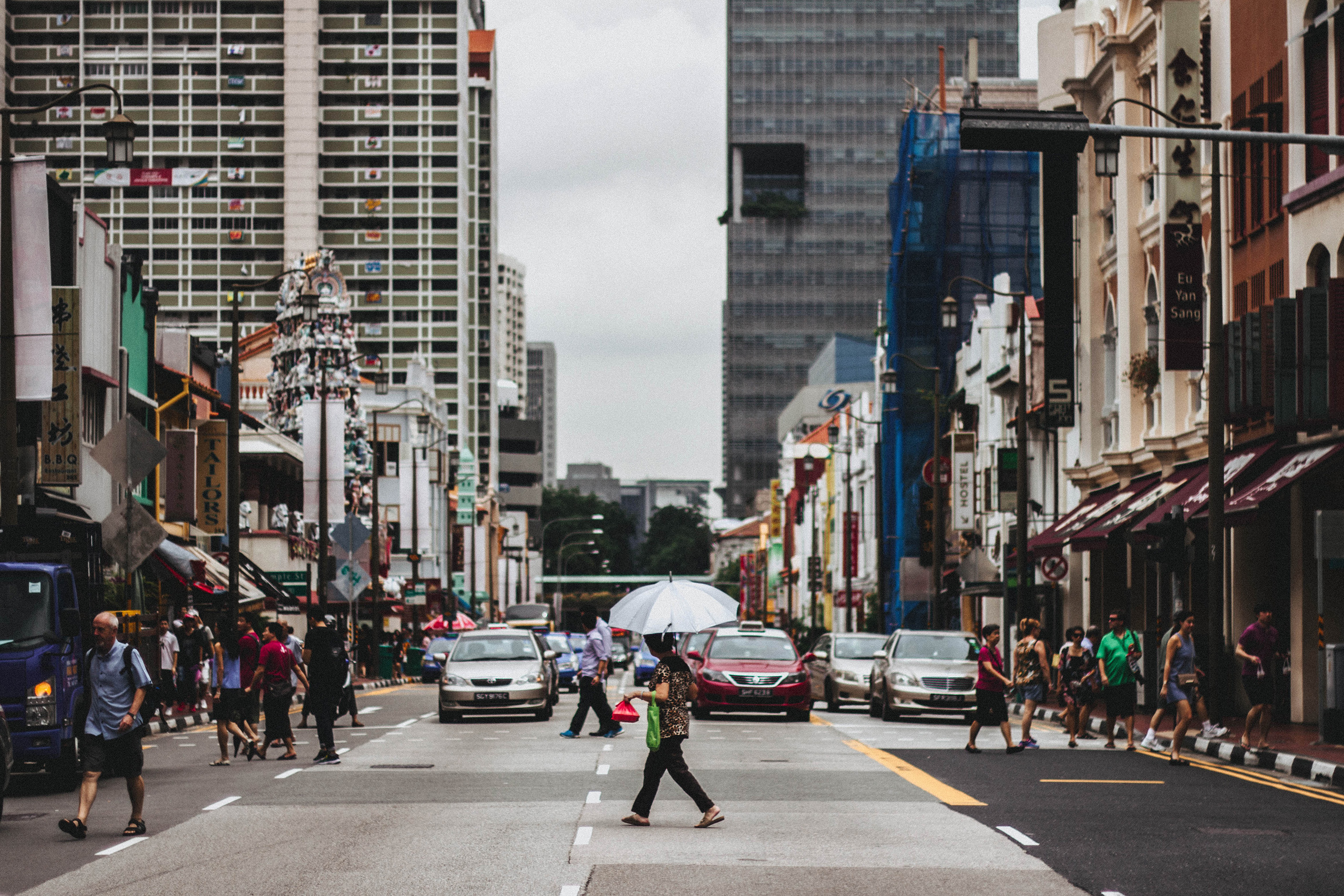
Driving Tips for Protecting Pedestrians with Disabilities
Since 1990, pedestrian fatalities have increased, and for pedestrians with disabilities, the risk is even higher. From 2007 to 2017, pedestrian deaths increased by 35%. When researchers studied the cities with the highest fatalities, they came across sidewalks in disrepair, lacking curb ramps, and poorly designed crosswalks.
While we have more work to be done to set up a protective infrastructure for pedestrians, there are a few simple driving techniques that will keep others safe.
Respect Other Road Users
While cars may be the largest vehicle on the road, a cyclist, pedestrian, or individual using a wheelchair should all receive equal consideration for their use of the road. As a vehicle driver, treat pedestrians and cyclists with the same respect and caution as another car—if not more!
Leave Space When Passing
In some cases, a wheelchair user may have to use the road due to a poorly maintained sidewalk or an area without a sidewalk. Leave plenty of space between your vehicle and the pedestrian or person using a wheelchair. When passing a pedestrian on the road, be sure that you’re leaving a few feet (if not more) between your vehicle and them.
Stop the Car Before the Line
When slowing to a stop at a red light or a stop sign, keep your car behind the painted line on the pavement to allow plenty of room for pedestrians. Also, be careful not to rush up to the line for an abrupt stop. Individuals with visual impairments or mobility issues may not be able to assess the situation fast enough to protect themselves.
Allow Time for Crossing
Pedestrians cannot travel long distances as quickly as vehicles. And individuals with impairments may need more time to make a street crossing depending on their particular needs. Be considerate. Don’t honk your horn or rev your engine while waiting for pedestrians to cross.
Stay Aware of Your Environment and Look Low
If you are in a large vehicle with blind spots, keep track of the vehicles and pedestrians around you. A high vehicle may keep you from seeing a pedestrian or wheelchair user who is crossing near your vehicle at a stoplight. When a light turns green, it’s not always the best idea to accelerate quickly. Take a moment to be sure that there are no pedestrian crossings and that there are no cars trying to beat their red light.
Know When Pedestrians Have Right of Way
Specifically, at pedestrian crossings, pedestrians have right of way. However, many drivers in the United States seem to forget this rule. It’s also important that when coming to a stop before a pedestrian crossing the vehicle is far enough away that pedestrians can easily use the curb ramp. Your vehicle should not block the curb ramp from being used.
Ideally, these simple driving tips for protecting pedestrians will help to keep you and your fellow road-warriors safer. At StrongGo, we help to protect pedestrians with our durable TekWay ADA Dome Tiles. Speak with an industry expert today at csd@stronggo.com to determine what will be best for your project.


